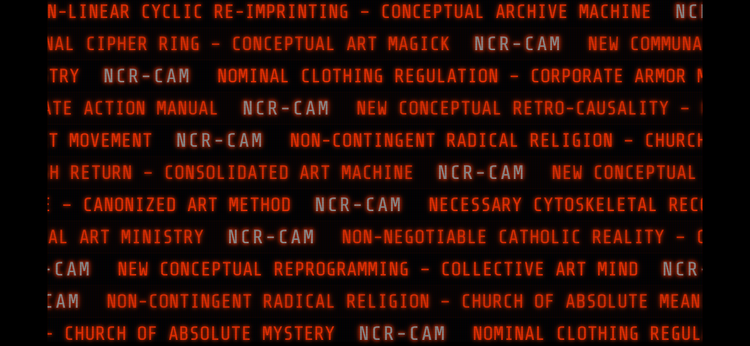Surgery reaching tools

The History of Long-Reach Surgical Instruments
Introduction
Long-reach surgical instruments, designed to extend the surgeon’s range and enhance precision, are a significant innovation in the medical field. Unlike short-throw shifters, which reduce the distance for better control in automotive applications, long-reach instruments extend the working length to improve accessibility and precision in surgery. This evolution has been driven by the need to perform less invasive procedures with higher accuracy.

Early Development
Ancient Surgery:
- Primitive Tools: The earliest surgical tools, dating back to ancient civilizations such as Egypt and Greece, were rudimentary and limited in reach and precision. Surgeons used simple instruments like scalpels and forceps, which required direct access to the surgical site.
- First Long Instruments: Ancient texts and archaeological findings suggest the use of longer instruments in some complex procedures. For example, Hippocrates described tools like specula for examining body cavities, but these were relatively basic in design and function.

Renaissance to 19th Century
Advancements in Medical Instruments:
- Renaissance Innovation: The Renaissance period brought significant advancements in surgical instruments. Leonardo da Vinci’s anatomical studies and designs inspired more refined tools, though long-reach instruments were still in their infancy.
- 19th Century Surgeons: Surgeons in the 19th century began experimenting with longer instruments to reach deeper into the body. Innovations such as the Sims speculum and other gynecological tools allowed for better access and visibility during procedures.
Early 20th Century
Foundations of Modern Surgery:
- Laparoscopy Introduction: The early 20th century saw the development of laparoscopy, a revolutionary technique that utilized long, slender instruments inserted through small incisions. This minimally invasive approach reduced recovery times and improved patient outcomes. The first laparoscope was developed by Georg Kelling in 1901.
- Challenges and Innovations: Early laparoscopic instruments were rudimentary, often modified from existing surgical tools. Surgeons faced challenges in manipulating these long instruments with precision, leading to continuous refinement and innovation.
Mid to Late 20th Century
Technological Advancements:
- Endoscopy and Laparoscopy: The mid-20th century marked significant advancements in endoscopic and laparoscopic techniques. Surgeons like Raoul Palmer and Kurt Semm pioneered the use of these instruments in gynecological and abdominal surgeries, improving the design and functionality of long-reach tools.
- Robotic Surgery: The introduction of robotic-assisted surgery in the late 20th century further revolutionized the use of long-reach instruments. Systems like the da Vinci Surgical System, developed in the 1990s, allowed for even greater precision and control, enabling complex surgeries through small incisions.
21st Century
Modern Innovations:
- Advanced Laparoscopic Instruments: Today, laparoscopic instruments are highly advanced, incorporating ergonomic designs, improved materials, and enhanced functionality. These tools allow for a wide range of procedures with minimal invasiveness, from gallbladder removal to complex cancer surgeries.
- Robotics and AI: The integration of robotics and artificial intelligence in surgery continues to push the boundaries of what is possible with long-reach instruments. Surgeons can now perform intricate procedures with unprecedented precision, reducing risks and improving patient outcomes.
Conclusion
The history of long-reach surgical instruments is a testament to the continuous drive for innovation in the medical field. From the primitive tools of ancient surgeons to the highly advanced laparoscopic and robotic instruments of today, the evolution of these devices reflects the pursuit of less invasive, more precise, and more effective surgical techniques. This progression highlights the importance of extending the reach to enhance control and precision in a domain where such advancements can significantly impact patient health and recovery.






Member discussion